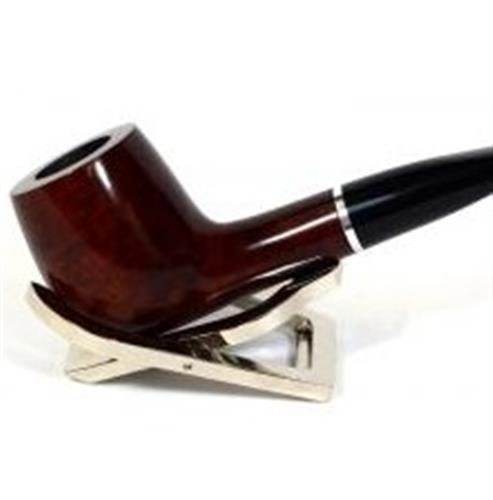Empire
th century. Since then, cigars have turned into a symbol of class, elegance, and sophistication. In this article, we will take you on a journey to explore the history of cigars by identifying seven significant turning points that led to their worldwide popularity.
Turning Point #1: The Creation
According to historians, cigars were first smoked by the Mayans in Central America during the 10th century. They would roll up the tobacco leaves and smoke them for religious ceremonies. Later, Christopher Columbus spotted the indigenous people smoking tobacco in Cuba during his voyage to the New World in 1492.
Turning Point #2: The ‘Discovery’
The cigar industry started to take shape once Cuba became a Spanish colony in the late 15th century. Spanish colonizers began to cultivate tobacco, which quickly turned into a profitable industry. By the mid-16th century, Cuba was exporting tobacco to Spain, which led to the creation of cigar factories. It wasn't until the early 17th century that the first cigar factory in the New World was established in Mexico.
Turning Point #3: The Cuban Legend
Cuba is considered the birthplace of cigars, and it was the Cuban tobacco that put cigars on the map. Cigars made from Cuban tobacco were in high demand across Europe and America in the 19th century. Famous cigar brands like Montecristo, Romeo y Julieta, and Cohiba were established in Cuba, and their cigars are still considered the gold standard in the cigar industry.
Turning Point #4: Coming to America
As the popularity of cigars spread, they made their way to the United States. During the Civil War, Union soldiers would smoke cigars to relieve the stress of the war. Meanwhile, the cigar industry in the US began to boom, with factories established in states like Pennsylvania and Connecticut. Famous cigar brands like Macanudo and Arturo Fuente were also established in the US.
Turning Point #5: The Cuban Revolution
The cigar industry took a significant hit in the 1960s when the Cuban Revolution led to the nationalization of all industries, including tobacco. The embargo imposed by the US on Cuba prohibited the importation of Cuban cigars, which created a black market for them. The scarcity of Cuban cigars led to the creation of counterfeit cigars, resulting in an increase in the demand for authentic Cuban cigars.
Turning Point #6: The Boom
In the 1990s, the cigar industry experienced a massive boom, with premium cigars becoming a symbol of affluence, luxury, and status. Cigar magazines, events, and clubs began to pop up, catering to the growing demand for premium cigars.
Turning Point #7: An Opening
The Cuban cigar industry is still thriving, but the cigar market has become more diverse. Cigars are now produced in countries like Nicaragua, Honduras, and the Dominican Republic, and their popularity continues to grow. The opening of trade between the US and Cuba in 2015 has opened up opportunities for the Cuban cigar industry to expand its reach.
In conclusion, the history of cigars is a fascinating journey that has taken them from their humble beginnings as a religious ceremony to becoming a symbol of class, elegance, and refinement. The seven significant turning points we have highlighted in this article reflect the evolution of cigars and the culture surrounding them. Whether you're a seasoned cigar aficionado or a newcomer to the world of cigars, the history behind them adds to their allure.
